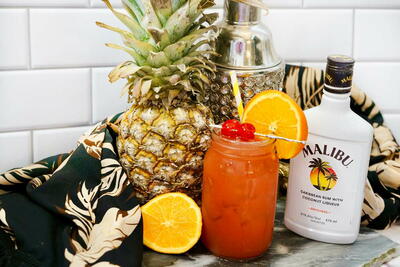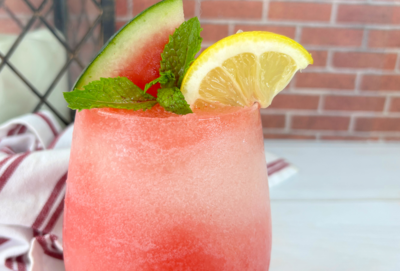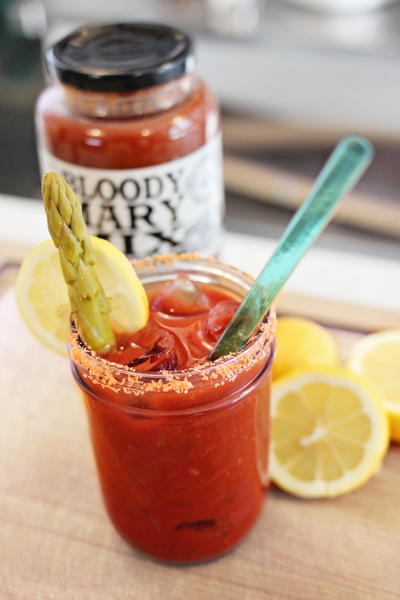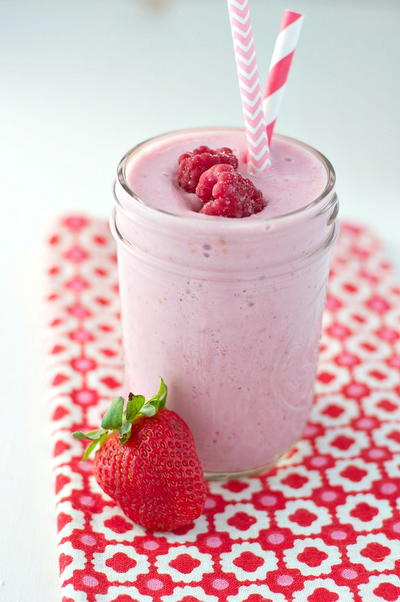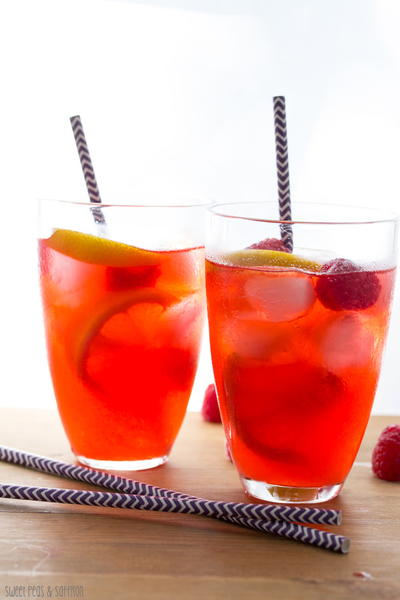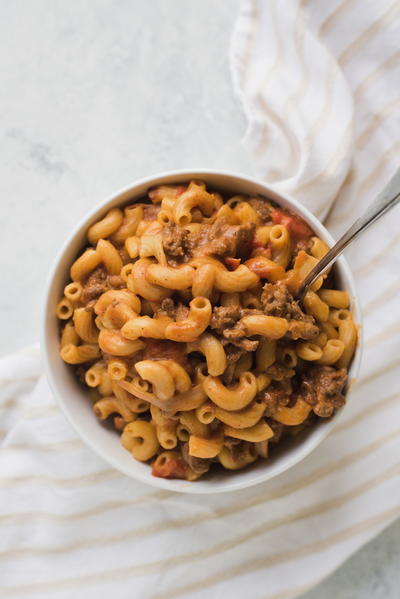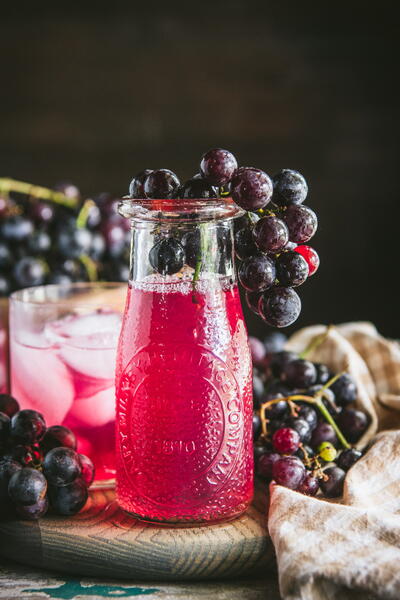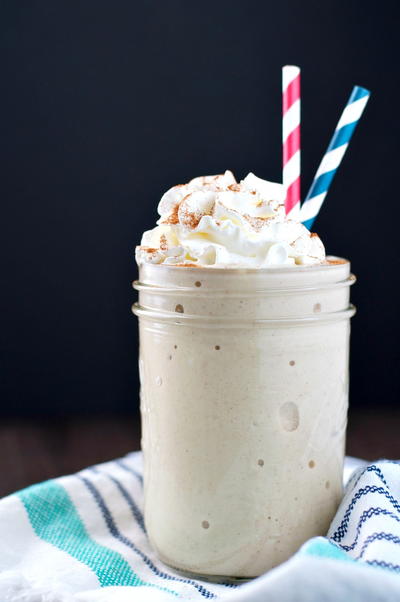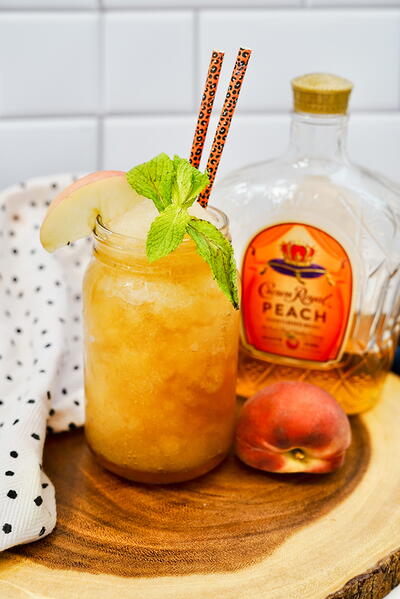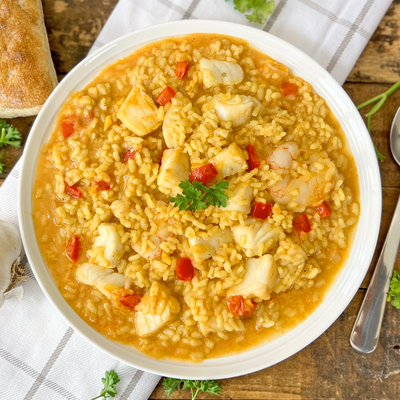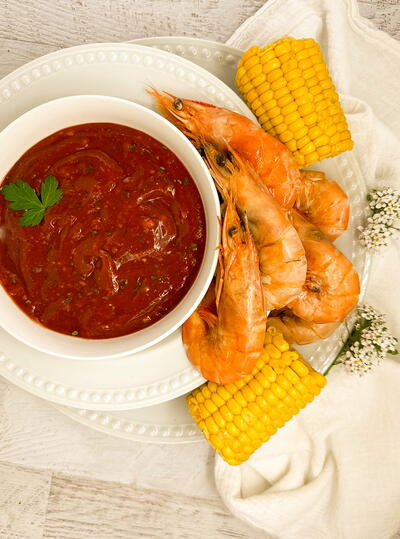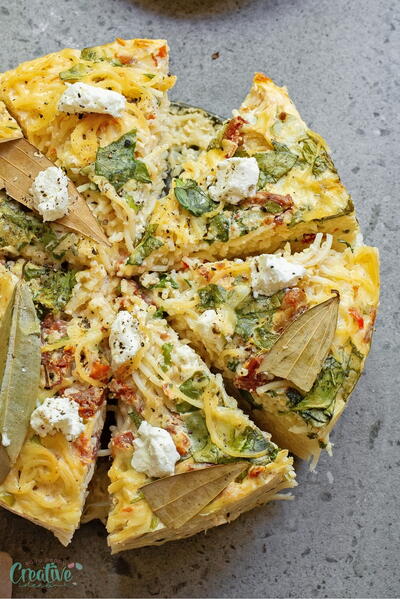Fresh Elderberry Wine
Ingredients
- 4 lbs. fresh elderberries, _with_ stems
- 2 1/2 lbs. (5 cups) white granulated sugar
- 1 level tsp. yeast nutrient *
- 1 level tsp. acid blend *
- 1 Campden tablet *
- 1/2 teaspoon pectic enzyme powder *
- 1 gallon hot water
Instructions
Wine yeast * Stabilizer Tablets * (these are used when you're corking the finished wine) Use only sound, ripe berries. The thin stems connecting to the clusters of fruit can be left connected, however DO remove the larger main stem. Crush fruit and put all ingredients EXCEPT wine yeast and stabilizer tablets into your priary fermentor (I used a big 5 gallon plastic bucket), in the order listed (ending with hot water). Stir to dissolve sugar. Cover fermentor with a plastic sheet (I used a hefty lawn/leaf bag and secured it with a large rubber band). This mixture is known as the "must." When must is cool (70-75F), add wine yeast and re-cover fermentor. Stir the must twice daily (always re-cover fermentor). Check the wine's temperature to make sure it's between 65-75. Adjust temperature accordingly if necessary. (I started the process in the bath tub so that I could surround it with water to control the temperature.) (Although it's really important to have 2 bathrooms! :o) Ferment for 5-6 days or until the must's specific gravity is 1.040. (Note, I didn't want to buy the $70 thingy that measures specific gravity, so I just "winged it" and fermented 5 days. It worked!) Strain out all fruit pulp, press pulp to squeeze out all excess liquid. Rack (siphon) the liquid into sterilized glass gallon jugs or wine bottles, and attach fermentation locks. Rack the wine into fresh bottles in 3 weeks; being careful to avoid as much of the pulpy/yeasty stuff on the bottom of the bottle. Rack the wine again 3 months later; again try to avoid the sludge from the bottom of the bottles. When wine is clear and stable (no more bubbles), you may sweeten it to your taste at the time of bottling by adding sugar syrup (1 parts sugar to 1 part water). Pour wine into sterilized wine bottles. Add Stabilizer tablets to prevent renewed fermentation. Insert cork. Store wine on its side to prevent cork from drying out, preferably in an even temperature environment - rapid heating and cooling will destroy wine; a basement or underground storage is best. Age at least 1 year. (Although it's pretty darn good when new!) ______________________________________________ * All ingredients with a star can be purchased at a wine maker's supply house, and/or obtained via mail order from the local company I deal with: Wine Supply, Inc. 2758 NE Broadway Portland, OR 97232 (503) 287-2624 (503) 287-2625 = fax As you can tell, there's a bit of equipment to purchase if you don't already have it. At a minimum, you'll want: Something to "smoosh" the fruit is handy... using potato mashers and ricers are a bit difficult given all the stems involved with elderberries. Don't giggle, but I used a post-driver covered with a thick layer of yard/leaf plastic bags. Hey, it worked! A big container for the first ferment (I used a 5 gallon plastic bucket obtained for free from a deli) Several glass gallon jugs and wine bottles (your 'must' is best fermented in a bottle with as little free air space as possible; so decant into the appropriate bottle size as needed) The little air locks/bubblers that fit on top of your jugs during fermentation. These come in various cork-sizes to fit various sizes of bottles. A bunch of clear plastic tubing to do all your racking (siphoning). A device to insert the corks (a "hand" version is only about $15.00 and WELL worth the investment). Some helpful tips: During primary fermentation, a crust or "cap" of fruit pulp will be floating on the surface. Break up the cap twice a day when you stir. About 12 hours before you are ready to do your very first racking (siphoning) out of your big primary fermentation bucket, DO NOT disturb the crust or "cap" of fruit pulp on the surface. That way the wine will be less cloudy. When you rack wine, always be sure to siphon off the clear liquid wine from _between_ the "cap" and the layer of sludge at the bottom of the bucket (called "lees"). This process can be made easier by attaching your clear plastic siphon tubing to a long (clean) stick or wooden spoon (using rubber bands), so you can better control the tube and lower it as the level of wine lowers. During the FIRST racking, it is important to aerate the wine somewhat... hold the end of the tube against the inside wall of the glass jug. The wine flows in a film down the glass and receives a gentle exposure to air. All rackings after the first racking, try NOT to expose the wine to air. In this case, keep the end of the tube always partially under the surface of the wine as it fills up the new jug. The best working temperature for wine is a steady 65 - 75. Cooler ferments produce softer wines with higher alcohol content. Hot ferments (above 80) make for a bitter wine. Ask about the corks you purchase. If they haven't been presoaked, it's a great idea to soak them for 20 minutes in a weak sulphite solution. DO NOT use old corks, even if they look good! If the wine is pushing the cork out over time, the wine's okay, just keep watch on the bottle to make sure it doesn't pop its cork. But, I'd recommend drinking this bottle first. Well, that's about it. Sounds difficult, but it's really not that bad. And you'll be really proud of the result. Sure, you can Email me with your questions, but I don't profess to be any expert!
Read NextGrape Juice


